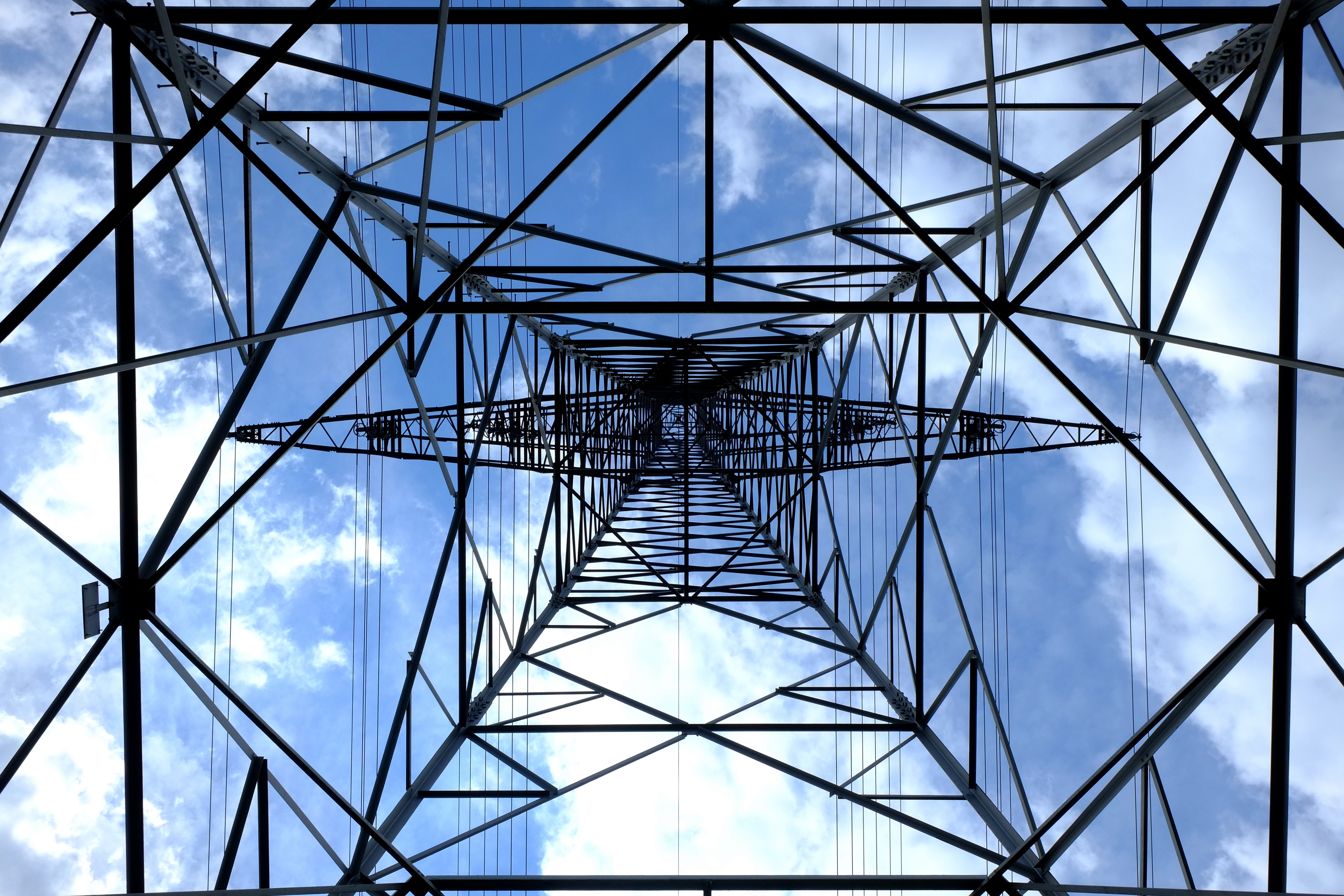Wallenstadt, a small Swiss town of 5,000 inhabitants, is building a completely decentralized energy grid. This local, peer-to-peer marketplace will allow everyone to produce and consume energy on the grid, and should cover up to half of what the village consumes. This is not an isolated and utopic case. Rather, it is part of a pilot project, “Power-ID”, conducted by the country’s energy agency. On this decentralized grid, the price of energy will fluctuate depending on the level of self-sufficiency: when users need more energy than they produce they pay for a top-up from another source. The town’s objective is to reduce its electricity bill, promote local production and consumption of renewables, but that is not all: it wants to test blockchain technologies as a transparent and secure means for storing and transmitting information without a central review body.
Initiatives like this one are sprouting up all over Europe, often centered around photovoltaic sources, giving rise to an international partnership network of local grids that is transforming consumers into producers, or “prosumers”. With or (currently) without blockchain, best practices are popping up everywhere including in Marmagne, France, with a project entitled Smart Magne d’Omexom (VINCI Energies). In this conglomerate of Bourges, photovoltaic panels installed on municipal buildings produce energy using an intelligent system that manages energy flows. The PVP4Grid network (an EU-funded aiming at increasing the use of photovoltaics) points out that it is indeed possible to “consume the energy (and therefore store it) outside of production time” thanks to a system that pairs the grid with batteries.
Is this the beginning of the energy industry’s Uber phase?
“In this project, the blockchain helps to accomplish three essential tasks: providing a means for payment, acting as a matchmaker (an intermediary that facilitates connections between consumers and producers, ed.) and fairly distributing the grid’s costs, while taking into account the fluctuations in energy demand”, explains Energy Cities, a network of more than one thousand European conglomerates that are pooling their ideas and thoughts about clean energy transition.
Is this trend leading to a larger one of more decentralized energy grids? At this stage the Marmagne project, like many others of its kind, is still experimental. It still requires a third party energy provider, an energy services cooperative, to oversee the grid. In a summary note on the subject, Energy Cities says it sees blockchain as a means for finally thrusting the energy industry into a “still-to-be-seen Uber phase” in spite of the rise of new smart grid technologies and small scale energy production, or microgrids.
Blockchain is not optimizing : it’s transformative
As the IDDRI, the FING, WWF France and GreenIT.fr duly note in their white paper on the convergence of clean energy and digital transformations:“Digitalization, or intelligence, does not just allow us to optimize ecological efforts”. The “intelligence”, they say, “is often seen as a gain in productivity yet often results in multiple rebound effects”. More than just a means for optimization, digitalization should be recognized as a “way to change common practices, the nature of products and services, organizations, economic models and the role of all players”.
Blockchain itself is transforming value chains, and its applications in the energy sector are numerous. Much like Power-ID’s case, it can manage peer-to-peer energy transactions and create new opportunities for regional energy markets. By storing information related to the flow of energy produced, consumed and exchanged, it also safely provides users with information on the grid and its assets’ state at any given moment. In fact, its traceability and certification capacities could mean that blockchain technology will play a key role in certifying and guaranteeing the sources of renewable energy. The French start-up Inuk is even working on a network that would allow entities to transform energy they produce into carbon credits that could then be sold (Inuk, “the application that cancels out your carbon”, is still in its beta version). At Energy Cities’ annual conference in Rennes, Inuk explained:“One of blockchain’s tremendous advantages is that it allows us to access the smaller producers of solar energy… Today’s certification process excludes the smaller producers by default, but blockchain can get around that.”
The micro-production pioneer Enercoop has also shown an interest for blockchain technology. This energy has zoomed in on an “eco-district of fifteen buildings that has created a quasi-self-sufficient energy production and consumption system that still relies on complementary energy sources”, seeing itself as a potential organizer for this type of grid: “there will always be an need for trusted third parties to orchestrate part of the blockchain, possibly a future role in clean energy transition”.
Roaming self-sufficient consumption
Tracking energy use in real-time, paying in virtual currency, billing and sharing the grid’s expenses at the individual transaction level: blockchain technology is perfectly suited to the challenges that the energy sector is facing today. Energy Cities has also noticed that “(blockchain technology) is emerging at a moment when more and more new players are getting into the market (renewable energy companies, cities, citizen coops”, and the driving forces are moving to decentralization, scalability and self-sufficient production – something that France has authorized buildings to do collectively on behalf of their owners since 2016.
This is only the beginning: the French company Sunchain has developed an open market energy exchange for locally produced energy to take place on public energy grids, thus broadening the scale not only to entire buildings and eco-districts but also to roaming consumption, thanks to a network of terminals that can provide access to energy produced in one’s home. This nomadic solution has the potential to allow owners to recharge their electric vehicles using the solar energy they produce, possibly shaping how tomorrow’s electrical transportation system will work.



